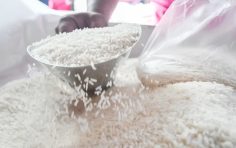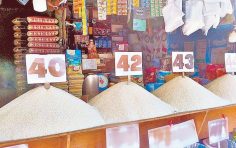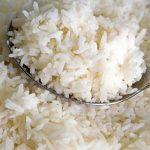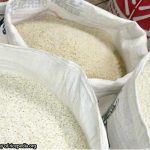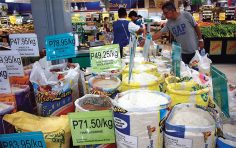Naniniwala si Department of Agriculture (DA) Secretary Francisco Tiu Laurel Jr. na ang presyo na P42 kada kilo ng bigas ay sapat na upang maging abot kaya ito sa mga consumer at posibleng hindi na rin malulugi ang mga magsasaka kung kaya itinuring niya ito na isang hakbang ng pamahalaan na magbibigay na umano ng “happy balance” sa mga naturang sektor ng lipunan habang pumapagitna sa pagtugon sa pangangailangan ng mga ito.
Giit pa Tiu Laurel, kung tutuusin ay ‘di hamak na mas mura pa ang halaga ng well-milled rice ng Pilipinas kumpara sa mga presyo ng mga karatig bansa nito na Thailand at China.
“While we aim to drive down food costs, we are also mindful of the needs of our primary stakeholders—our farmers and their families, who work tirelessly in the fields but have not fully reaped the benefits of their labor,” sabi ni Tiu Laurel Jr.
Ayon sa kalihim, maliban sa Vietnam, kung saan ang halaga ng produksyon ng bigas ay mas mababa kung kaya mas mura ang presyo nito, kung tutuusin ang production costs sa Pilipinas ay di hamak na mas mababa at mas abot kaya ang halaga ng well-milled rice sa Pilipinas kumpara sa ibang rice-producing countries tulad ng Thailand at China.
Hanggang noong nakaraang linggo, tinatayang umaabot ang presyo ng well-milled rice sa bansa sa pagitan ng P45.00 at P52.00 kada kilo, samantalang sa Thailand ang presyo nito ay P51.95 to P132.75 at sa China naman ay P44.47 at P88.86 kada kilo.
“I think well-milled rice around the P42 per kilo will provide a happy balance between our goal of ensuring our farmers get a decent return for their hard work and consumers have access to affordably-price food, especially rice,” sabi ni Tiu Laurel.
Sa ibang rice-producing areas sa Pilipinas, dahil sa inaasahan pang pagbagsak ng presyo ng palay ay nagagawan din ng paraan ng ibang rice traders na mapababa pa ang halaga kada kilo.
“As a rule of thumb, the buying price of palay per kilo is usually doubled to arrive at the price of rice in the market. Rice is the country’s main food staple and for every P100 the average consumer spends, around P10 is used to buy rice. For the bottom 30 percent of income households, a segment of the population where most farmers and fisherfolk belong, around P20 for every P100 are spent for rice,” ayon sa DA.
Isa pa rin anya sa nakakaapekto sa presyo ng bigas ng bansa ay ang pabago bagong exchange rates o palitan ng piso sa international market.
“While global prices of rice has fallen to below USD500 a ton in October from more than USD630 a ton in January, the peso over the same 10-month period has sharply depreciated to P58 against the U.S. dollar from P48,” ayon sa DA.
Ma. Luisa Macabuhay-Garcia


